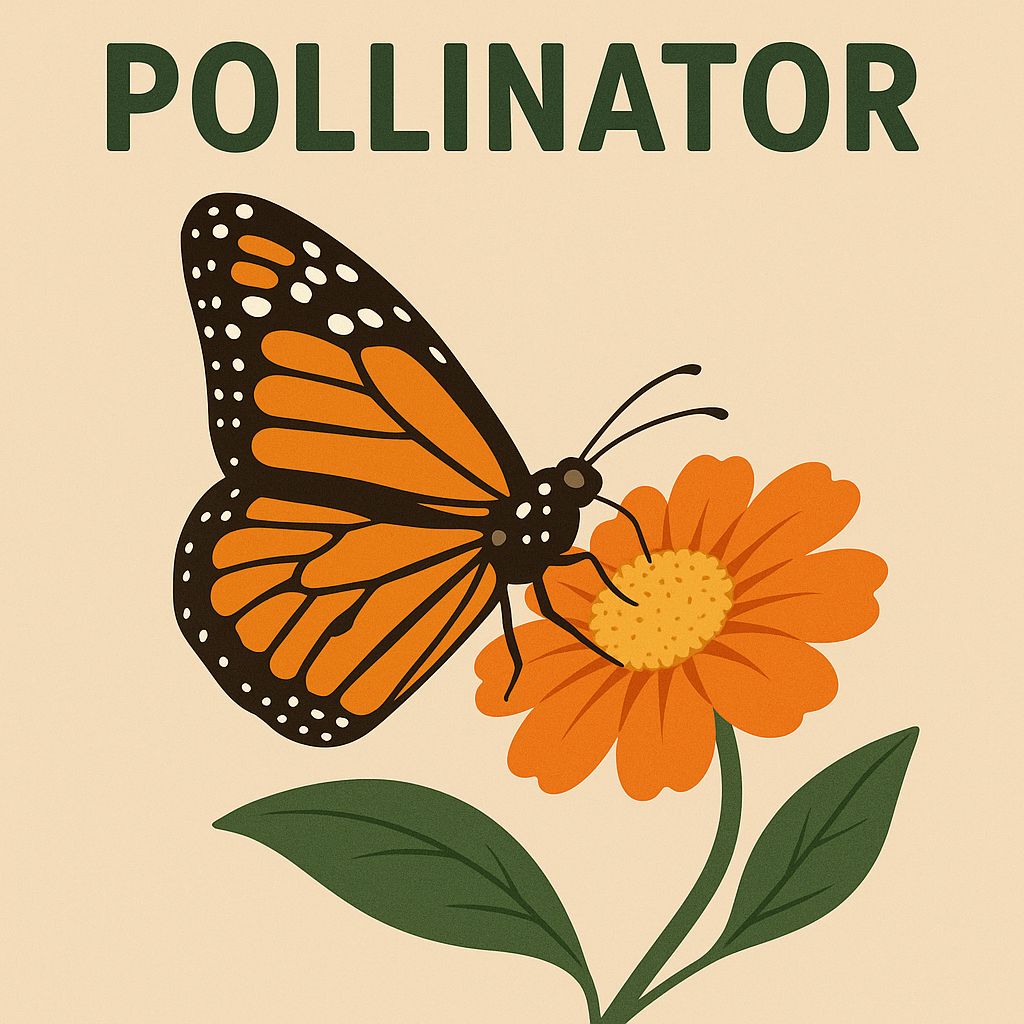The Role of Pollinators on Your Utah Land (And How to Support Them)
What Are Pollinators?
Pollinators are insects, birds, and small animals that help fertilize plants by transferring pollen from one flower to another. This process allows plants to grow fruit, seeds, and new vegetation. While bees are the most well-known pollinators, they’re only one part of a diverse and critical group.
Pollinators aren’t just “nice to have”—they’re necessary for about 75% of all flowering plants and nearly 35% of the crops we eat. In rural Utah, they also play a major role in supporting native plants, stabilizing soil, and creating food sources for other wildlife.
Why Pollinators Matter for Utah Landowners
Owning land means managing your environment—even if it’s just a piece of open space. Whether you're planting a garden, growing hay, restoring native vegetation, or simply maintaining wild acreage, pollinators are essential for long-term ecological health.
Here’s why they matter:
They increase plant diversity – which leads to healthier ecosystems and better erosion control.
They boost food production – even small fruit trees or garden plots rely on bees and butterflies.
They attract other wildlife – more flowers mean more insects, which support birds and small mammals.
They make your land more self-sustaining – less need for fertilizers or artificial planting.
In short, pollinators help your land thrive—without needing a lot of intervention from you.
Common Pollinators Found in Utah
Utah’s elevation zones and climate variations support a surprisingly wide range of pollinators. Some are seasonal; others live on your land year-round.
Bees
Native solitary bees like mason bees and leafcautter bees
Social bees like honeybees (often wild or managed hives)
Ground-nesting bees that burrow into dry, sandy soil
Butterflies and Moths
Monarch butterflies, which pass through Utah during migration
Swallowtails, painted ladies, and small blue butterflies
Moths, which pollinate at night, especially in desert areas
Birds and Other Species
Hummingbirds, especially around flowering shrubs
Beetles, flies, and even bats in some parts of southern Utah
When Pollinators Are Active in Utah
Pollinator activity peaks from late spring through early fall, depending on elevation and region. In higher areas like Argyle Canyon or Tabiona, activity may be shorter due to cooler temperatures. In lower desert zones, some species are active for longer stretches.
You may notice pollinators increase around:
Flowering trees in spring
Wildflowers and garden plants in summer
Late-blooming native plants in early fall
How to Support Pollinators on Your Land
You don’t need to be a beekeeper or conservationist to help. Even a few changes on your property can make a big difference.
1. Plant Native Wildflowers and Shrubs
Choose Utah-native plants that bloom throughout the growing season. This provides food for different pollinators at different times.
Easy starter plants for pollinators:
Bee balm
Utah milkweed
Blanketflower
Penstemon
Goldenrod
Rabbitbrush
Serviceberry
Aim to have at least 3 types of plants blooming at the same time.
2. Avoid Pesticides and Herbicides
Many chemicals harm not just pests but beneficial insects too. If you need to manage weeds or bugs, look for organic or targeted solutions that won’t harm bees or butterflies.
3. Provide Water and Shelter
Pollinators need more than flowers. Add shallow dishes with rocks for bees to land on, birdbaths for hummingbirds, and dense shrubs or grasses for nesting.
You can also leave a small patch of bare soil for ground-nesting bees or install bee houses for solitary species.
4. Let Some Areas Stay “Wild”
A fully manicured yard or lot may look neat, but it doesn’t support diverse species. Letting parts of your land stay untouched—with native grass, fallen logs, or blooming weeds—can create essential habitat.
Even if you only have 5 acres, leaving a small strip wild can attract a noticeable variety of pollinators.
Bonus Tip: Build a Pollinator Patch
Designate a small area on your property specifically for pollinator-friendly plants. It can be as small as 10x10 feet and still make a meaningful impact. Add a sign or marker so visiting friends or family understand what it’s for—and maybe even get inspired to do the same.
Final Thought
Pollinators might be small, but their impact is huge. Whether you own land to build, camp, homestead, or just enjoy the quiet, supporting pollinators helps ensure that land stays healthy and vibrant for years to come.
Even the simplest effort—a few wildflowers, less spraying, or a bowl of water—can turn your Utah property into a safe haven for the species that keep nature working behind the scenes.


